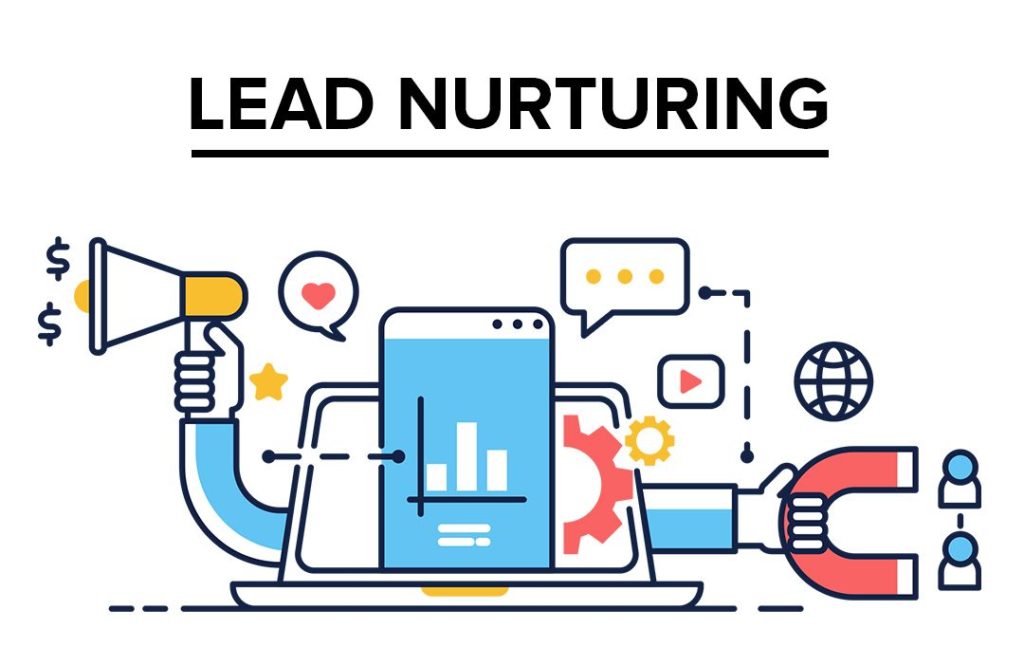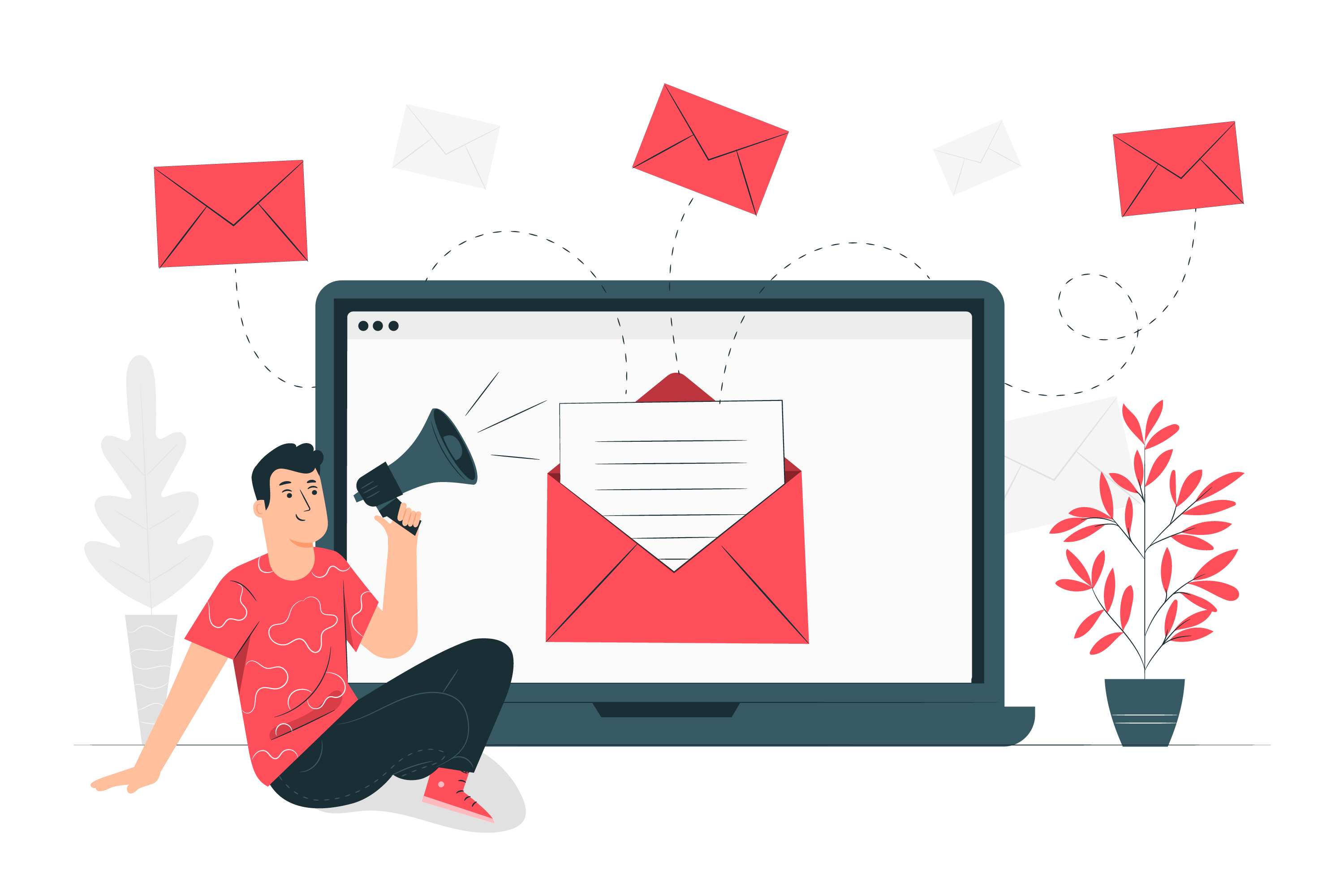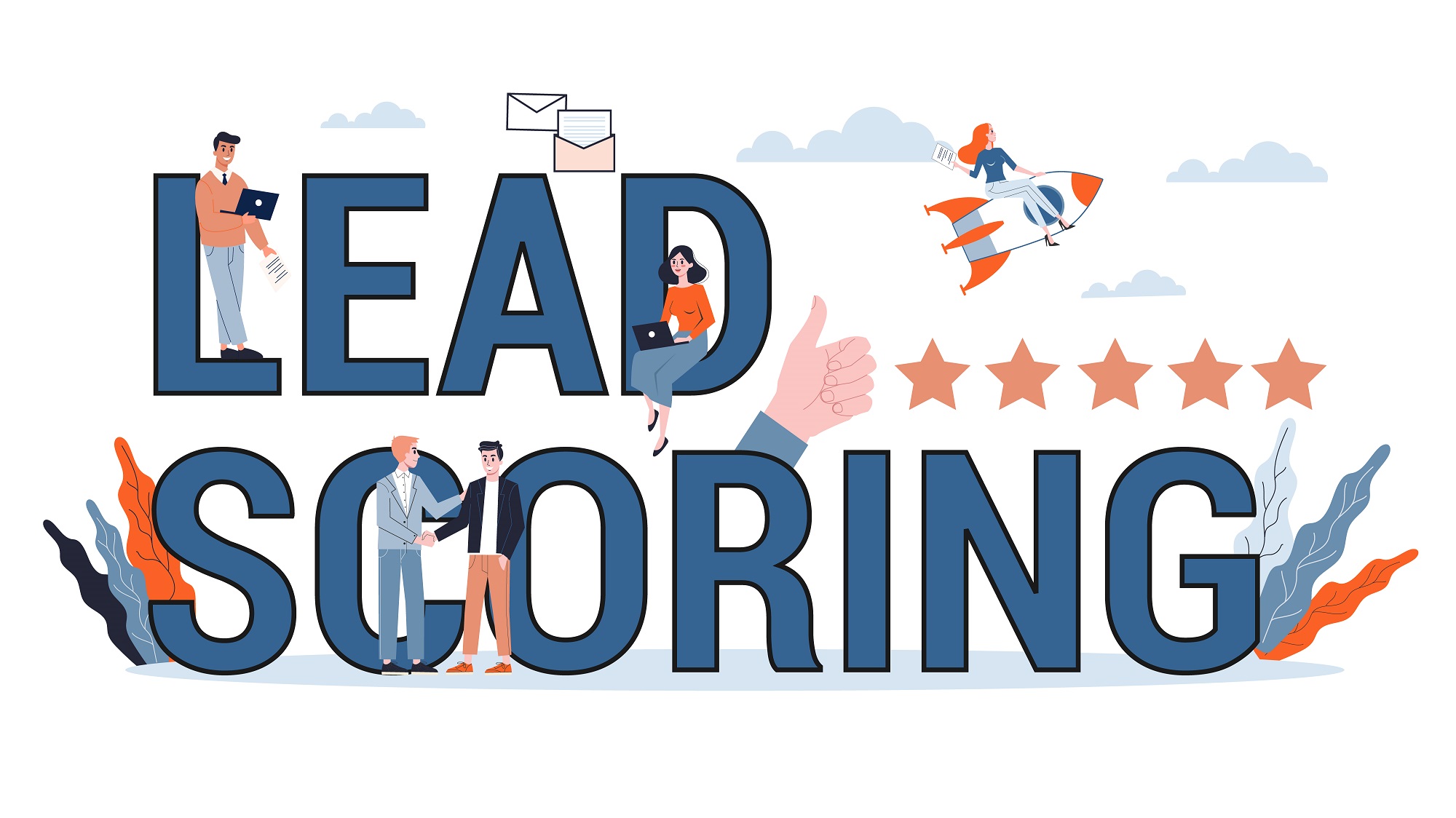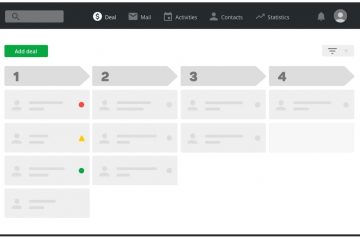What is B2B Sales? Definition, Strategies, and More…
Updated on June 23rd, 2024
There are countless different types of businesses to be found all over the world. Some of them are quite small, selling a limited number of products to customers locally. Others are enormous empires with outlets located across the globe. The variety of products and services sold is also enormous, ranging from food and entertainment to computers, and heavy machinery.
Despite such a vast range of types of businesses, there are few things that apply to all companies. One such thing is sales – all businesses need to sell something in order to generate revenue to survive and, hopefully, thrive.
Sales has become somewhat of a widely varied industry itself. With such a wide range of products selling to a vast variety of customers, different approaches are taken to help a company maximize its sales and, therefore, profits. You either sell to consumers, or you sell to other businesses. In this article, we will cover the latter.

Definition: What are B2B Sales?
The textbook definition of B2B sales is businesses selling to other businesses. So, for example, it might mean a paper manufacturer selling to a printer, or a heavy machinery manufacturer selling its products to a factory. On the other hand, selling to consumers is called B2C sales, which means business-to-customer sales (for example, a grocery store selling to shoppers).
As with other types of sales, achieving a “B2B sell” involves a business marketing to potential customers and then nurturing and eventually selling to them. The business needs to take into account the prospect’s industry, turnover, and any other factors that will determine if they have a need and can afford the product being sold.
What are the Common Challenges in B2B Sales?
B2B sales is, without a doubt, challenging and time-consuming. Given below are six of the most common challenges in B2B sales, along with some proposed solutions to overcome them.
1. Long Sales Cycle
B2B sales cycles are often lengthy due to high-value transactions, multiple stakeholders, and complex decision-making processes.
Implement lead nurturing campaigns with personalized content and regular follow-ups to keep prospects engaged. Use CRM tools to track and manage interactions, ensuring timely communication and addressing concerns promptly to expedite the process.
2. Difficulties Reaching Potential Decision-Makers
Identifying and connecting with key decision-makers can be difficult due to organizational hierarchies and gatekeepers.
Leverage LinkedIn and industry-specific databases to identify decision-makers. Use personalized outreach strategies, such as tailored emails and direct messages, highlighting how your solution addresses their specific pain points.
3. Complex Buying Process
B2B purchasing involves multiple steps, approvals, and stakeholders, making the process intricate and prolonged.
Simplify the buying process by providing clear, concise information and resources that address each stakeholder’s concerns. Develop comprehensive content like case studies, whitepapers, and ROI calculators to aid in decision-making and build consensus among stakeholders.
4. Sales and Marketing Misalignment
Disconnected sales and marketing efforts can lead to inconsistent messaging, inefficient lead management, and missed opportunities.
Foster collaboration through regular meetings and shared goals. Implement a unified CRM and marketing automation platform to ensure seamless lead handoffs and consistent communication. Align content strategies with sales objectives to ensure marketing materials support the sales process effectively.
5. High Competition and Market Saturation
Standing out in a crowded market with many competitors offering similar products or services.
Differentiate by emphasizing unique selling propositions (USPs) and demonstrating superior value. Focus on building strong relationships and delivering exceptional customer service. Utilize account-based marketing (ABM) to target high-value prospects with personalized campaigns that address their specific needs and challenges.
6. Data and Technology Integration
Integrating various sales and marketing technologies and effectively using data to drive strategies can be complex.
Invest in an integrated tech stack that includes CRM, marketing automation, and data analytics tools. Ensure proper training for team members to leverage these technologies. Use data analytics to gain insights into customer behavior, optimize campaigns, and make informed decisions to enhance sales strategies.
B2B Sales Strategies That Work In 2024
Technology has changed a lot regarding how we sell products nowadays. The internet in particular has revolutionized many aspects of sales. But, that doesn’t mean some of the more traditional methods are not effective. Here’s a brief look at some of the B2B sales strategies and methods that are likely to be most effective in 2021.
Digital Marketing
Digital marketing in the context of B2B sales revolves around getting your business, and your products, more visible on the internet. The goal is often to try and generate sales directly or indirectly by raising brand awareness.
Digital marketing often involves Pay-per-click (PPC) advertising, which means paying a small amount every time somebody clicks on one of your ads. PPC marketing is usually highly targeted, helping you to reach the right people, thus making your marketing campaign cost-effective.

Content Marketing
Content marketing involves creating great quality content that catches the attention of many people. The content can be anything ranging from blogs and articles to videos and audio. If the content is useful and/or interesting, it will likely be shared. And, a single piece of content can be shared hundreds of thousands, maybe even millions of times. Even a single piece of content in many cases gets shared hundreds of times and that helps in driving more awareness for the company which translates to more revenue.
Social media allows a B2B sales team to tap into vast potential audiences. With social media marketing, companies can create their own online communities. Social media accounts help companies to communicate more easily with their potential clients and keep them up to date with useful content and product news. To stay consistent you can use a variety of social media schedulers available in the market.
Email Campaigns
Email campaigns are typically a cold-marketing method. A company gets as many emails of potential prospects as it can and sends out hundreds, even thousands, of emails. Only a small percentage of prospects even reply to these emails, but, with email marketing platforms, it is made easy for a company to send emails out in large numbers.
Lead Nurturing
Lead nurturing is a technique that has really come to the fore in the last 5 years or so – thanks largely to the arrival of marketing platforms that help to make it possible. B2B lead nurturing involves working with leads according to where they are within the buying journey. Instead of going in for the sale straight away, lead nurturing helps Marketing move leads through the sales cycle and prepare leads for the eventual “closing.” This makes individual leads a lot more receptive to offers that are made, resulting in a significant boost in revenue.

Image Source: https://makewebbetter.com
Lead Scoring
Lead scoring is a methodology used to rank prospects against a scale that represents the perceived value each lead represents to the organization. It involves gradually assigning a number of points to an individual lead, and that number helps determine how close a lead is to buying. Points are awarded, or removed, for criteria such as spending time on certain pages on a website, signing up for newsletters, or for fitting into certain demographics such as industry or revenue. Scoring leads in this way makes it a lot easier for B2B sales teams to work with leads on an individual basis to prepare them for the sale.
Automation
There can be a lot of mundane work for Marketing. Analytics need analyzing (hah!), emails need sending, and so on. Not only can the mundane work be boring, but it can also be very time-consuming. The good news is that a lot of the mundane work can now be done automatically. Sophisticated marketing automation platforms are now available that do a lot of the work for you. If a new prospect has just signed up for a newsletter, for example, a welcome letter can be automatically sent out to them. Not only does this help to save you a lot of time but it also helps ensure your prospects are always interacted with promptly.

The B2B sales strategy types above are often used in combination with each other. For example, email marketing can be used to help build a database, the database can then be used to nurture leads with the help of lead scoring, and so on. Combing the strengths of each of these strategies with the strengths of others helps to make for a powerful marketing campaign that can provide a significant boost in revenue.
Tips and Best Practices For Success
Want to improve your B2B sales performance? Let’s have a look at some of the best practices!
- Understand Your Buyers: Deeply understand your target audience, their pain points, and needs. To do so, you must conduct thorough market research and create detailed buyer personas to tailor your approach and messaging effectively.
- Build Strong Relationships: Focus on relationship-building rather than just closing deals. You can engage in regular, meaningful interactions and provide value through insights, resources, and support to foster trust and loyalty.
- Leverage Technology: Use CRM and marketing automation tools to streamline processes, track interactions, and manage leads. You should also use data analytics to gain insights into buyer behavior and optimize your sales strategies accordingly.
- Personalize Outreach: Customize your communication to address the specific needs and pain points of each prospect. Personalized emails, targeted content, and tailored pitches can significantly increase engagement and conversion rates.
- Educate and Inform: Position yourself as an industry expert by providing valuable content such as whitepapers, case studies, and webinars. Educating your prospects helps build trust and demonstrates the value of your solution.
- Align Sales and Marketing: Ensure seamless collaboration between sales and marketing teams. You can also share goals, strategies, and insights to create consistent messaging and improve lead quality. Regular meetings and integrated tools can further enhance alignment and efficiency between these two departments.
Implementing these tips and best practices can enhance your B2B sales efforts, leading to stronger relationships, higher engagement, and improved conversion rates.
Conclusion
2021 will see Marketing and Sales around the world using some of the latest technologies and practices to maximize revenue. Using technology like automation and lead scoring platforms in your B2B sales strategy not only helps to reduce the time spent but also helps to make marketing campaigns a lot more effective. Use them to maximum effect and you could make a considerable positive difference to your bottom line.
Sell more, understand your customers’ journey for free!
Sales and Marketing teams spend millions of dollars to bring visitors to your website. But do you track your customer’s journey? Do you know who buys and why?
Around 8% of your website traffic will sign up on your lead forms. What happens to the other 92% of your traffic? Can you identify your visiting accounts? Can you engage and retarget your qualified visitors even if they are not identified?







